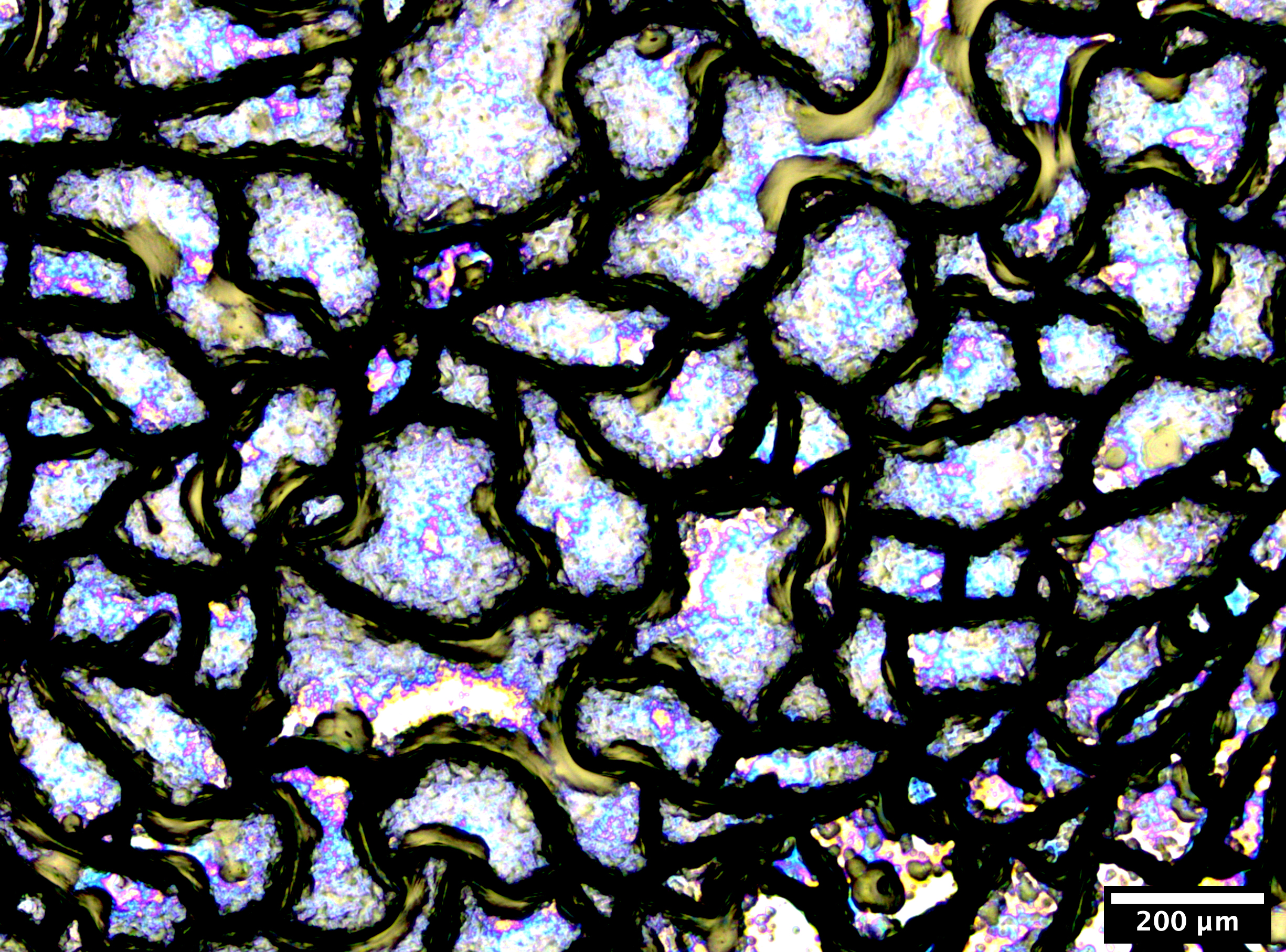
The Big Picture
Nano Stained Glass
When William Powell, former lead nanotechnologist for NASA’s Goddard Space Flight Center, said “nanotechnology is manufacturing with atoms,” it is doubtful he meant to include the manufacture of art in that sentiment.
However, it was while Matthew Campbell, Research Assistant Professor in Mechanical Engineering and Applied Mechanics (MEAM), was working to develop highly reflective, lightweight films for laser-powered interstellar travel that the image you see here was created, albeit by accident.
As part of the Breakthrough Starshot Initiative, Campbell, then a postdoctoral researcher in the lab of MEAM Associate Professor Igor Bargatin, was collaborating to develop materials for a sail pushed not by wind, but by laser light. Such a sail could carry a microchip-sized probe at a fifth of the speed of light, fast enough to make the trip to neighboring star Alpha Centauri in roughly 20 years, rather than millennia.
Together with Pawan Kumar, a former postdoctoral researcher in Materials Science and Engineering (MSE) and Electrical and Systems Engineering (ESE), Campbell was fabricating the lightweight film prototypes using nanoscopically thin materials.
“One of our prototypes became corroded during a fabrication step and looked like this under the optical microscope,” says Campbell. “The brightly colored regions are probably the result of nanometer-scale differences in the film’s thickness, and the dark outlines may be caused by tiny cracks or surface roughness where the light isn’t reflected as strongly.”
The light sail work is a collaboration between the labs of Bargatin, Eric Stach, Robert D. Bent Professor of Engineering in MSE and Director of the Laboratory for Research on the Structure of Matter, and Deep Jariwala, Associate Professor and Peter and Susanne Armstrong Distinguished Scholar in ESE.
